Falkirk a city in central Scotland, the administrative centre of the Falkirk unitary authority, formerly in Stirlingshire. About 33 thousand inhabitants, together with adjacent towns 97 thousand. The name Falkirk is said to derive from the first church built in the city with a characteristic appearance – fawe + kirk, which in Scottish means spotted church. This refers to the type of sandstone used, which in the right lighting appears spotted. This church did not survive to modern times. It received city rights in 1600. There are 2 railway stations in the city: Falkirk High and Falkirk Grahamston.
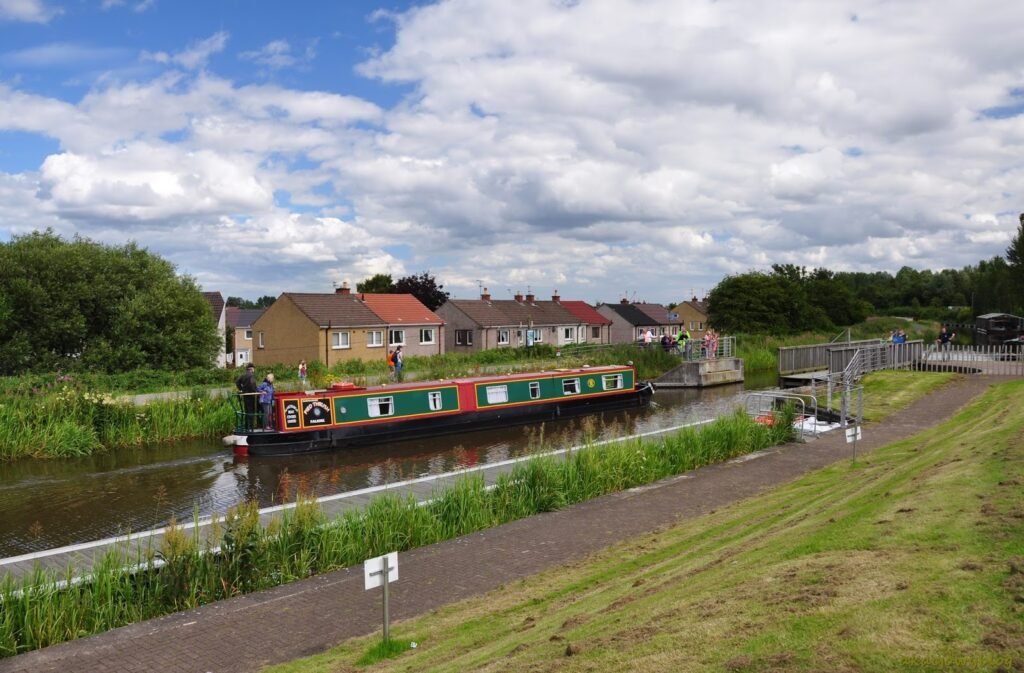
- The unique Falkirk Wheel – the only rotating boat lift in the world, connecting the Forth and Clyde and Union canals. The Falkirk Wheel is a rotating boat lift and one of Scotland’s most interesting attractions. It has been operating since 2002 and connects canals that are 24 m apart in height. The Falkirk Wheel is a modern water lock in Scotland. In 2002, it was personally commissioned by Queen Elizabeth II. The facility is a very interesting tourist attraction, because nowhere else in the world can you admire such a unique boat lift. What’s more, it uses as much electricity as 8 kettles to boil water.
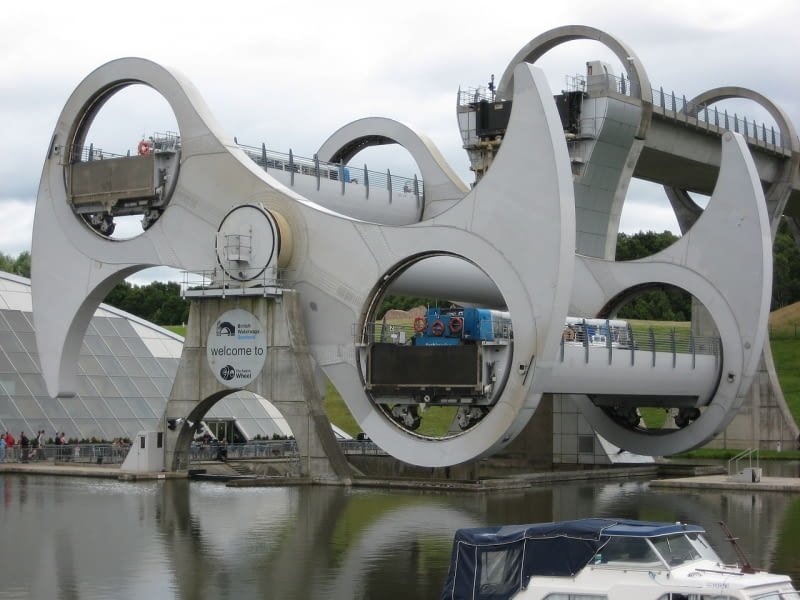
- The famous Kelpies sculptures – monumental, 30-metre high horse statues inspired by Scottish folklore.
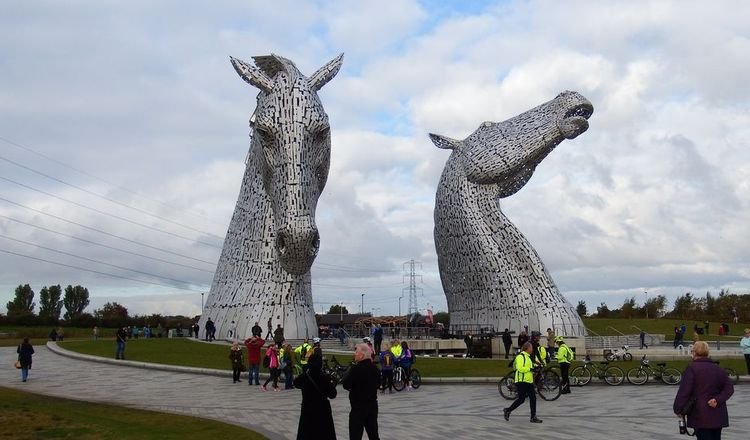
- Antonine Wall – a section of the Roman defensive wall, listed on the UNESCO list, offering a journey through time.
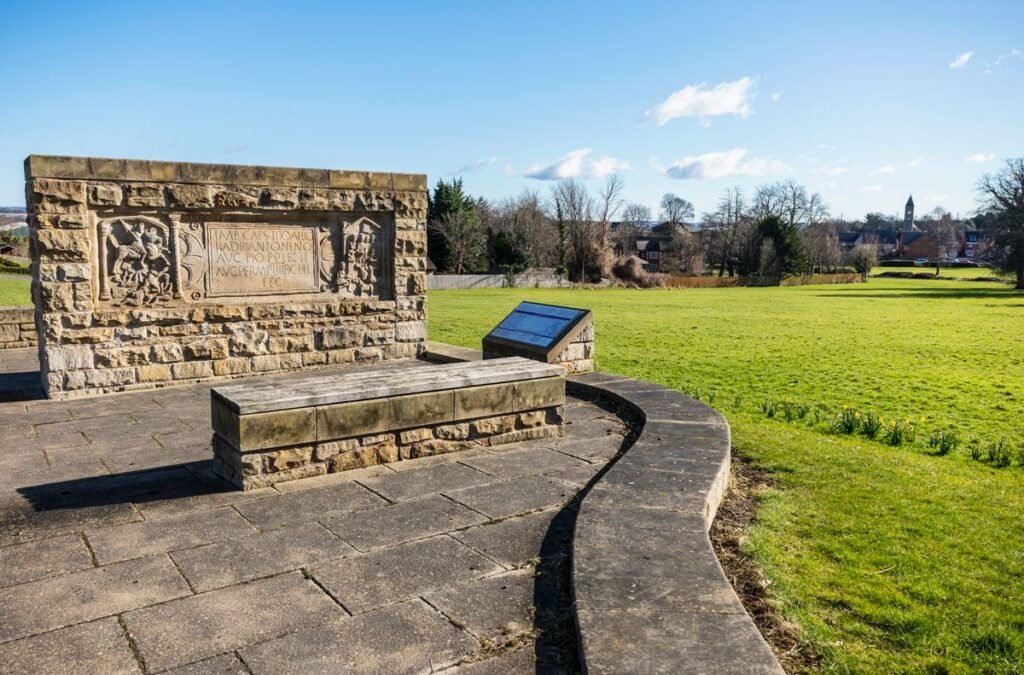
- When is the best time to visit Falkirk? Best season to travel. The best time to visit Falkirk is from May to September. During this time, temperatures are pleasant (around 15-20°C) and there is less rainfall than at other times of the year. The town is lively in the summer, and tourist attractions are fully operational. High season vs. low season. During the high season (May-September), prices for accommodation and attractions are higher, and the town attracts more tourists. In the winter, although it is quieter and cheaper, the weather can be more unpredictable, with cooler days and frequent rainfall. Seasonal events. There are many festivals in the summer, including the Falkirk Science Festival and local fairs at The Helix. The town is worth visiting in December, when there are festive events and fairs.
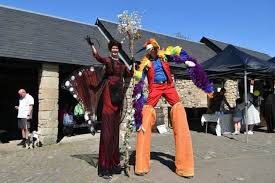
- The city’s cuisine. Falkirk offers traditional Scottish dishes such as:
- – Haggis – a dish of sheep’s offal, served with potatoes and turnip.
- – Cullen skink – a creamy soup made from smoked fish.
- – Scotch pie – a small baked pastry filled with meat.
- For dessert, try cranachan – a dessert made from oats, raspberries and whisky. The best local food can be found in restaurants such as The Wheatsheaf Inn and The Black Bull Inn.
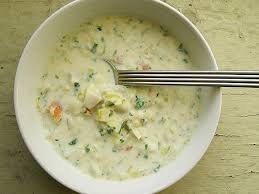
- The weather in Falkirk is typical of Scottish climates – moderate and changeable throughout the year. In the summer, from June to August, average daytime temperatures are around 17-19°C, making it ideal for walking around nearby attractions such as the Falkirk Wheel and the Kelpies. In the winter, from December to February, temperatures drop to around 6-7°C during the day and 0-2°C at night, so it’s worth planning a visit to museums or warm cafes. Spring and autumn are the perfect times of year for organised tours – average temperatures range from 9 to 14°C, and the number of sunny days per month is 17-19. It’s worth remembering that rain can occur at any time of year, so a raincoat or umbrella will be essential. Falkirk, regardless of the weather, offers many opportunities to explore Scotland, both outdoors and indoors.

